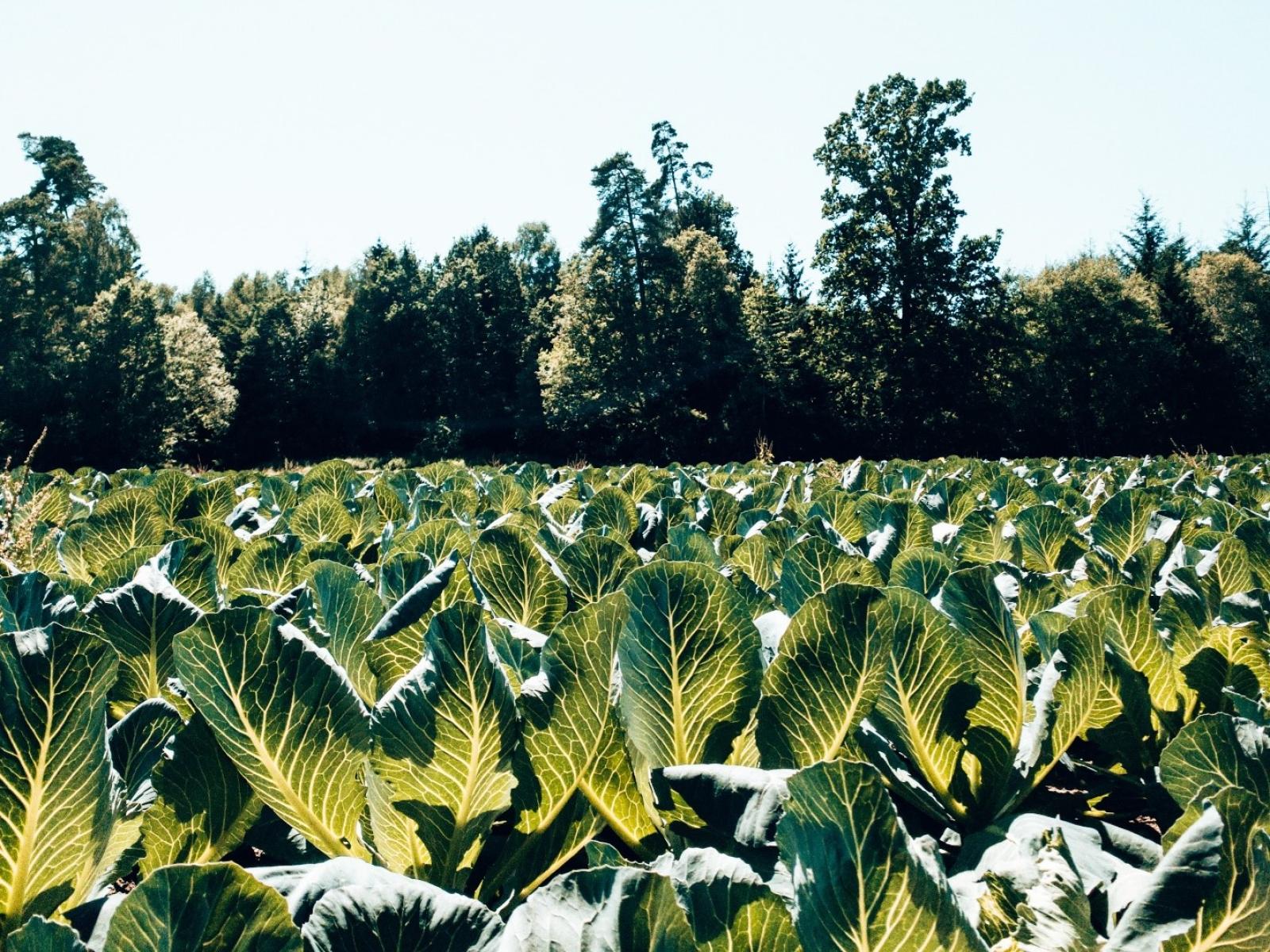Modeling the Impacts of Land Scarcity under Deep Uncertainty
Using a systematic, multiple scenario approach to analyze the compounding impacts of demands for land for biofuels with increased land scarcity under a diverse set of uncertainties

Population and economic growth contribute to increasing food demands, while increased biofuel production and increased incentives for land-use conservation are common components of scenarios of future socioeconomic development.
(Photo by Neil Webb | Pexels.com)
The Science
Researchers employed a systematic approach to explore how compounding uncertain influences from future socioeconomic and hydroclimatic change pathways may place pressure on land and land-use. They explored the combined impacts of future demand increases for land for producing biofuels with different quantities of land available for agricultural production. The team also quantified the resulting impacts on food prices, food production, water withdrawals, and carbon emissions. With this approach and these assumptions, they found that developing regions would be disproportionately affected by limitations on the use of land and that these regions would experience high tradeoffs between metrics such as food prices and carbon emissions.
The Impact
Through the exploration of multiple scenarios of uncertain influences, researchers studied the economic and environmental impacts that result from several combined influences under plausible future change pathways. From this analysis, they were able to quantify the combined impact of the increasing demand for food and biofuels as well as assumptions about the scarcity or availability of land for use on several outcomes. Based on literature reviews, this is the first study to represent myriad uncertainties in a coupled human-natural model to discover drivers of changes in both economic and environmental impacts due to land scarcity or land use limitations. Future work can build off this framework to examine additional sources of uncertainty.
Summary
Researchers used the Global Change Analysis Model (GCAM) to simulate plausible futures under socioeconomic, technological, hydroclimatic, and biophysical uncertainties. For each scenario, they explored pressures on land from increased demand for biofuels and varying assumptions about the quantity of land available for use. The team found that regions in Africa would be most affected by limitations on land availability because of difficulties importing necessary food products. Indeed, food prices in Eastern Africa could increase by over 200 percent under the joint influences of biofuel demand increase and land scarcity in a world with high population growth and low gross domestic product (GDP) growth. Additionally, uncertainties in the human system such as population growth, GDP growth, and technological advancements are the primary drivers of land scarcity impacts while hydroclimatic and biophysical uncertainties are far less influential. Overall, tradeoffs between regional water withdrawals, carbon emissions, food prices, and production underscore the importance of considering multisector dynamics in future scenarios of where land management may be an important influencing factor.
PNNL Contact
Marshall Wise, Pacific Northwest National Laboratory, marshall.wise@pnnl.gov
Funding
This research was supported by the Department of Energy, Office of Science, as part of research in MultiSector Dynamics, Earth and Environmental System Modeling Program.
Published: January 13, 2023
F. Dolan, J. Lamontagne, K. Calvin, A. Snyder, K. B. Narayan, A. V. Di Vittorio, and C. R. Vernon. 2022. “Modeling The Economic And Environmental Impacts Of Land Scarcity Under Deep Uncertainty.” Earth’s Future, 10(2), e2021EF002466 [DOI: 10.1029/2021EF002466]